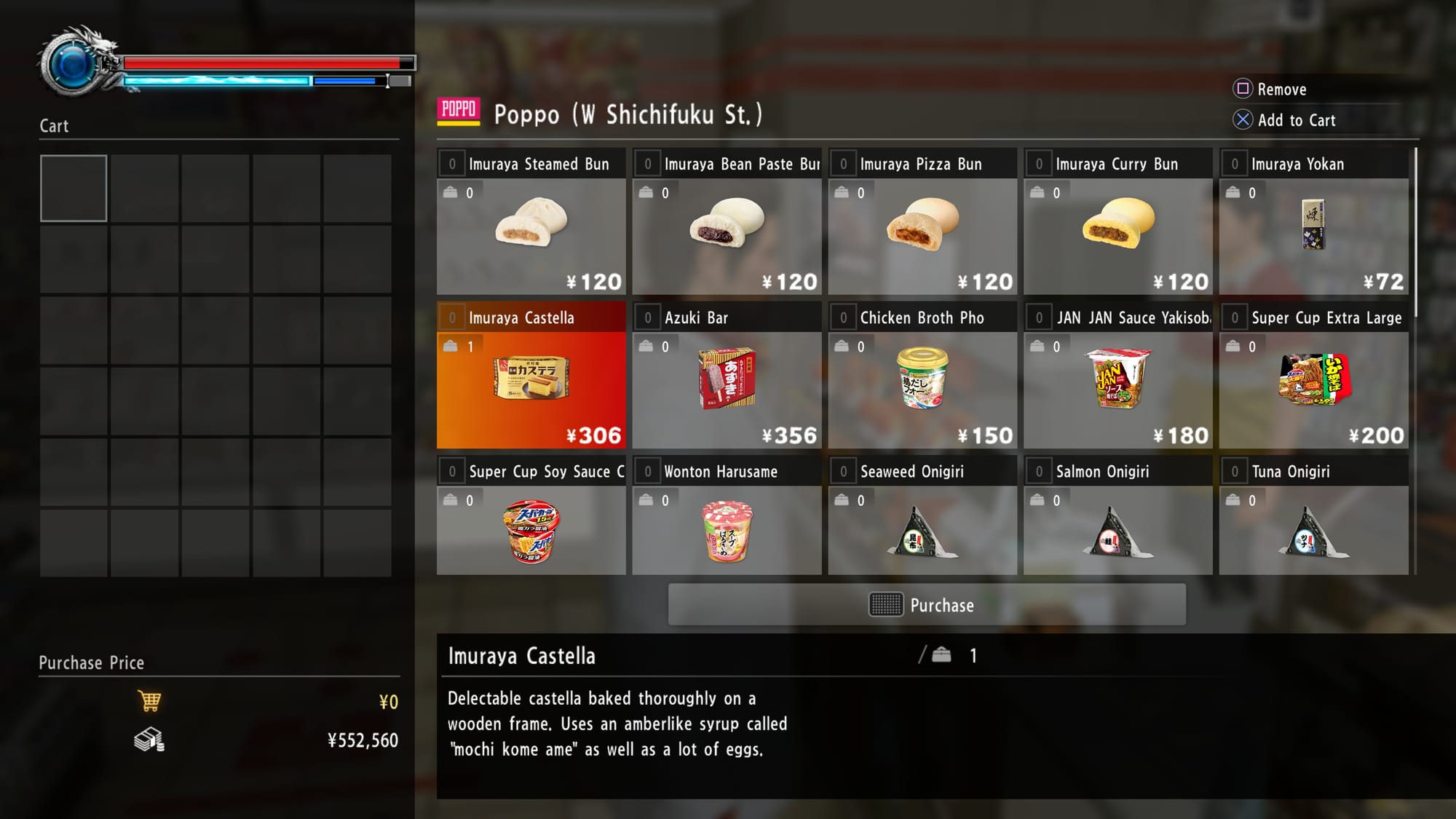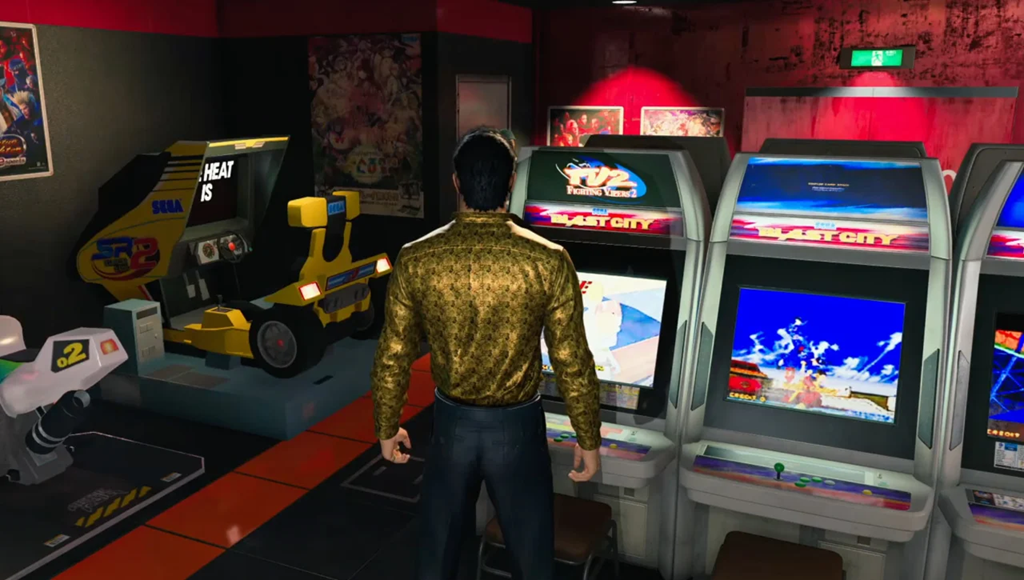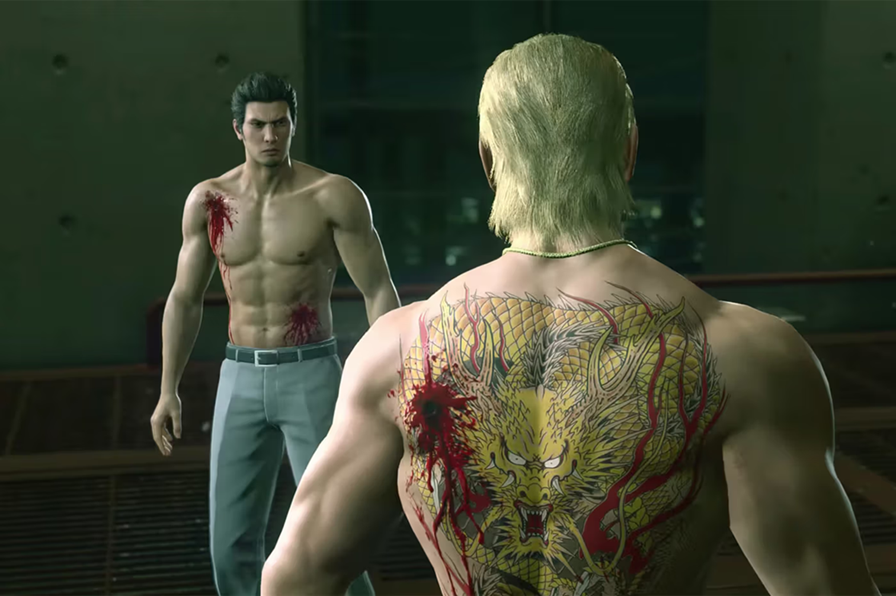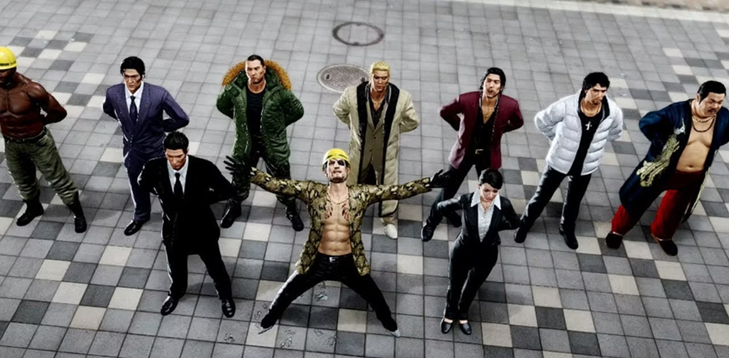Gaming has always been more than just a hobby for me—it's been a gateway into places and cultures I might not have otherwise explored. In the mid-2000s, I stumbled across a Japanese gaming news site showcasing a gritty new title called Ryū ga Gotoku—known in the West then as Yakuza. The website is long gone now, and I can’t for the life of me recall its name, but I still remember the screenshots. They were different. Neon-lit streets, sharp suits, dramatic showdowns—it looked like a Japanese crime thriller brought to life in a way Western games simply weren’t attempting at the time. It promised storytelling, tension, and style—things sorely missing from the risk-averse gaming market in PAL territories back then.
First Contact, Then a Long Pause
A couple of years later, around 2007, I finally got to see the game in motion when a flatmate brought home a copy of the English release. He worked at GameStation at the time (a haven for retro games on the UK high street—tragically swallowed up by GAME). Unfortunately, the English dub really didn’t do it for me. The atmosphere felt off, the drama diluted. What should have been a compelling watch came off a bit flat, and I let the series fall off my radar.
It wasn’t until 2010 that I returned, completely by chance, to the world of Yakuza, this time through Yakuza 4. Playing it with the original Japanese voice acting intact was a completely different experience—one that felt emotionally grounded and culturally rich. The game followed four protagonists across a sprawling crime narrative, with Kamurocho as vivid a character as any. It made me realise how little I understood about everything that had happened between the first game and this entry—not to mention how little I knew about Japan itself. Even the in-game convenience store items fascinated me. They were little glimpses into everyday Japanese life that you simply didn’t see represented in UK games or media at the time.

Rewinding the Series and Prepping for Japan
From there, I started working my way backward through the series. Yakuza 2 on PS2 particularly stood out to me—not just for its tighter mechanics, but for its unforgettable villain, Ryuji Goda. Unlike the usual tragic antagonists of many Japanese dramas, Ryuji was simply a powerhouse—driven, menacing, and cool as hell. The conflict between him and Kiryu felt operatic, but never overwrought.
When my wife and I were planning our first trip to Japan in 2018, I naturally found myself diving back into Ryu ga Gotoku once again. It became part of the pre-trip ritual: watching travel vlogs, rewatching her favourite Japanese dramas from when she lived in Tokyo, and revisiting the games with a new appreciation. This time I started with Yakuza Kiwami, a full remake of the original game. SEGA had rebuilt it from the ground up with sharper visuals, reworked combat, and an expanded narrative. It felt like they were paying homage to the game's roots while fine-tuning it for modern sensibilities.
That same year I played Yakuza 0, the prequel that follows the origins of both Kazuma Kiryu and Goro Majima in 1988—Japan’s infamous bubble economy era. If Kiwami was a heartfelt remake, Zero was a full-blown love letter to the series. The detail was astonishing, from the glitz of Tokyo’s fictional Kamurocho (based on Kabukicho) to the riverside nightlife of Osaka’s Sotenbori (based on Dōtonbori). The story was packed with tension and over-the-top fights, yet always had time for hilarious detours—karaoke, chicken racing, pocket circuit tournaments. And the casting? Brilliant. Take Kuze, one of the standout villains in Zero, voiced and modeled after Goro Kishitani, a respected Japanese actor. The series has always leaned on well-known talent, and it shows.

Why You Should Dive In
For anyone considering diving in, I wholeheartedly recommend starting with Yakuza Kiwami, then moving to Yakuza 0. While the original PS2 versions of Yakuza 1 and 2 have their charm (and I’m glad I experienced them), the Kiwami remakes offer a more fluid, feature-rich version of those stories. You get SEGA’s sharp humour, stunning remastered visuals, and a “greatest hits” tour of Kamurocho and Sotenbori.
The Like a Dragon series isn’t a gritty documentary—it’s a hyper-stylised, emotionally-charged soap opera of honour, loyalty, betrayal, and bizarre side quests. But within its dramatics, there’s heart. There’s detail. And for me, there’s been a lasting connection to a culture I’ve come to love, partly because of how these games first introduced me to it.

I’m even considering adding gameplay footage from my own playthroughs of the series directly to the site as a passion project. So if you're new, start where it counts—Kiwami, then Zero—and see where your curiosity (and maybe your suitcase) takes you next. Oh, and another thing...
The Do’s and Don’ts of Real-Life Kamurocho (According to Someone Who Actually Knows)
A quick note—nay, a footnote from someone far wiser than me (my wife, who holds a Master’s in Japanese Language and studied at ICU in Tokyo):
Do: Enjoy the series. Fall in love with the story. Sing karaoke in-game, and even better—try it out in a real Tokyo karaoke box with friends, off-key and proud.
Don’t: Try to speak like the characters. Seriously, just don’t.
While it’s tempting to quote Kuze or Kiryu in a gravelly voice, the Japanese used in Like a Dragon is heavily stylised. Yakuza speech is filled with rough dialects, dated slang, and exaggerated masculine tones that can sound comically aggressive (or downright rude) in a real-life setting. What works in a gritty showdown under Kamurocho’s rain-slick neon doesn't fly in a Tokyo café or izakaya.
Characters often drop pronouns, bark imperatives, and use language structures that you’d only hear in fictional dramas, gangster movies, or maybe an early-'90s police procedural. So while it's fun to admire the swagger from behind your controller, it's best left inside the game—or for dramatic reenactments in private.
Enjoy the culture, love the language, but maybe don’t introduce yourself to a polite shopkeeper with a Kiryu-tier grunt. Trust me, they'll be confused—and you’ll look like you just stepped out of a mid-season yakuza drama.

TANOSHINDEEEEEEE!!

